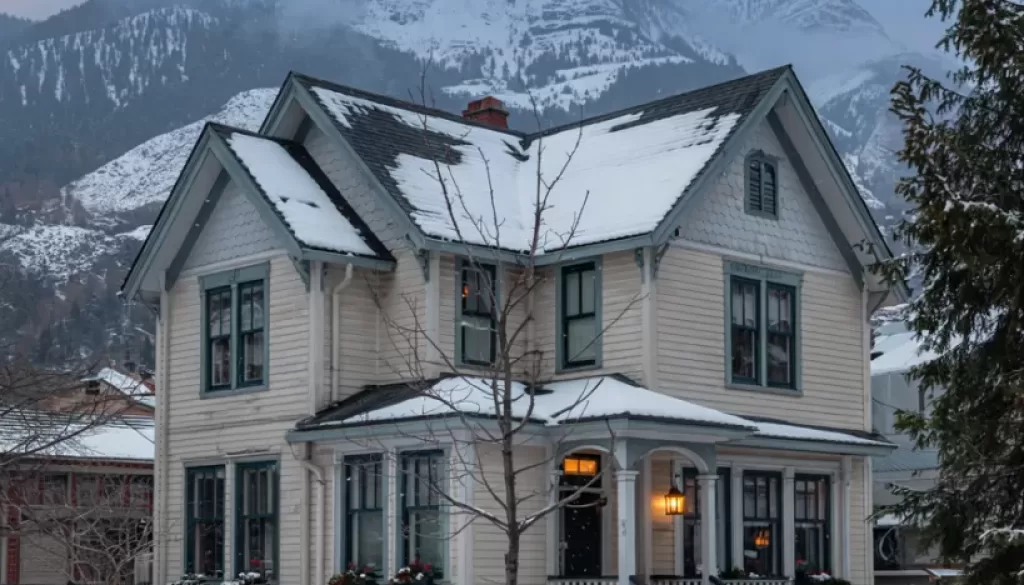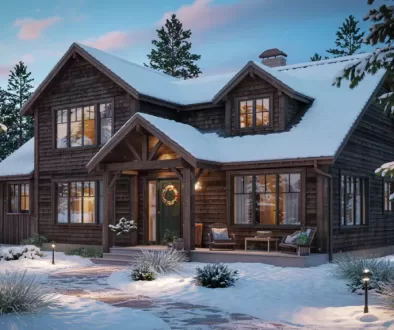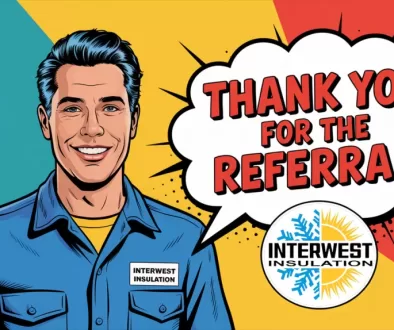5 Signs Your Attic Needs an R-60 Upgrade (Plus How to Claim Your Rebates)
If you live in Utah, you’re familiar with our region’s challenging climate—icy winters, scorching summers, and everything in between. To combat these extremes, your home relies heavily on insulation, particularly in your attic. Yet, many local homes fall short when it comes to sufficient insulation levels. Upgrading your attic insulation to meet the recommended R-60 can not only improve your comfort but also significantly lower your energy bills. Here’s an extensive guide on how to determine if your attic insulation needs upgrading and how you can claim valuable rebates to offset costs.
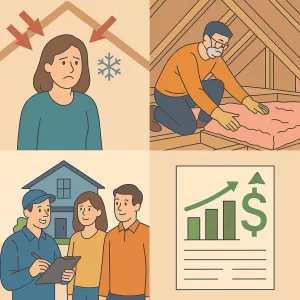 Understanding R-Value and Why R-60 Matters
Understanding R-Value and Why R-60 Matters
Before we dive into the signs your attic insulation might be insufficient, let’s quickly cover what “R-value” means. Simply put, the R-value measures how well insulation can resist heat transfer—the higher the R-value, the better the insulation’s effectiveness. In , experts recommend an attic insulation level of R-60 to maintain year-round comfort and optimal energy efficiency.
Sign 1: Sky-High Energy Bills
One of the clearest indications that your attic insulation needs improvement is a consistently high energy bill. Proper attic insulation significantly reduces heat loss during the winter and heat gain during the summer, minimizing how often your HVAC system has to run. If you’ve noticed your energy bills rising without changes in your usage, it’s time to inspect your attic insulation.
Consider reviewing your bills over the past few years. An unexplained increase can often be traced back to insufficient attic insulation.
Sign 2: Uneven or Uncomfortable Temperatures
If you find some rooms—particularly upstairs—are uncomfortably warm in the summer and overly cold in the winter, your attic insulation is likely the culprit. Good attic insulation creates a consistent barrier, stabilizing temperatures throughout your home. Uneven temperatures typically indicate that insulation is either improperly installed, has deteriorated, or is inadequate for ‘s climate.
Take note of specific rooms with drastic temperature fluctuations. Attic insulation upgrades can provide immediate and noticeable improvements in home comfort.
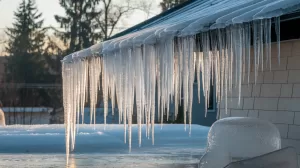 Sign 3: Ice Dams and Excessive Icicles
Sign 3: Ice Dams and Excessive Icicles
Utah homeowners are no strangers to icicles and ice dams forming along rooflines during winter months. While these may seem typical, they are often symptoms of poor attic insulation. When heat escapes from your living space into the attic, it warms the underside of the roof, causing snow to melt and refreeze at the edge, creating ice dams. Proper attic insulation prevents this heat transfer, significantly reducing ice formation.
Check your home during cold spells—persistent ice dams or large icicles are strong indicators your attic insulation needs immediate attention.
Sign 4: Visible Gaps, Thin Spots, or Compressed Insulation
Sometimes, a simple visual inspection can tell you if your attic insulation is sufficient. Ideal attic insulation should appear thick and evenly spread, typically around 15-20 inches for fiberglass insulation to achieve an R-60 rating. If your attic insulation appears flattened, unevenly distributed, or visibly sparse, it’s inadequate.
Make a routine check once or twice a year. Look for any disturbed areas where insulation might have shifted due to moisture, pests, or foot traffic.
Sign 5: Age of Your Home
Older homes in , particularly those built before the mid-2000s, are likely to have attic insulation levels significantly lower than modern standards. Construction practices and energy-efficiency requirements have improved dramatically, meaning that older homes typically contain insulation rated around R-19 to R-30, far below today’s recommended R-60.
If your home is over ten years old and hasn’t had an attic insulation upgrade, you likely fall short of current standards and are missing out on the comfort and savings a properly insulated attic provides.
Financial Incentives: Claiming Rebates in
Now the good news: Upgrading your attic insulation doesn’t have to be expensive. homeowners can take advantage of local and federal rebates to significantly reduce costs:
Rocky Mountain Power’s Wattsmart Rebates
-
Offers rebates up to $0.10 per square foot for attic insulation upgrades.
-
Eligibility requires insulation installed in areas that separate conditioned spaces from unconditioned spaces.
Federal Energy Efficient Tax Credit
-
Provides up to 30% back on insulation material costs (capped at $1,200 annually).
-
Applies to upgrades completed between 2023 and 2032, making now an excellent time to invest in insulation improvements.
Step-by-Step Guide: How to Claim Your Rebates
Navigating rebate programs may seem daunting, but it doesn’t have to be. Here’s your straightforward, step-by-step guide:
Step 1: Schedule a Free Attic Inspection
Contact Interwest Insulation to schedule a professional inspection. Our experts will accurately assess your attic, determining your current insulation level and identifying areas needing improvement.
Step 2: Complete the Installation
We’ll install blown-in fiberglass insulation efficiently and effectively, bringing your attic up to the recommended R-60 level. This method is quick, clean, and provides excellent coverage even in tight spaces.
Step 3: Collect Required Documentation
After the installation, gather necessary documentation, including:
-
Itemized invoices separating materials and labor costs
-
Manufacturer’s specifications
-
Rocky Mountain Power account number
 Step 4: Submit Your Rebate Application
Step 4: Submit Your Rebate Application
Visit Rocky Mountain Power’s Wattsmart website to complete your application online within 180 days of installation. Be sure to upload clear, legible copies of your invoice and any requested documents.
Step 5: Claim Federal Tax Credit
When tax time comes, fill out IRS Form 5695, attaching it to your federal tax return. Consult your tax preparer or tax software to ensure accuracy and maximum savings.
Step 6: Enjoy Your Savings and Comfort
After your rebate application is approved, expect your rebate credit within a few weeks. Your federal tax credit reduces your annual tax liability. Meanwhile, you’ll immediately enjoy enhanced comfort and lower energy bills.
Real-World Example: The Johnson Family’s Savings
The Johnsons of recently upgraded their attic insulation from R-19 to R-60, taking full advantage of available rebates and tax credits:
-
Project cost: $3,500
-
Wattsmart rebate: $100
-
Federal tax credit: $1,050 (30% of material costs)
-
Total savings: $1,150
-
Final cost: $2,350
They’ve since experienced a $40 monthly reduction in utility bills, meaning their investment pays off entirely within a few years.
Ready for Your Upgrade?
Don’t wait for another chilly winter or sweltering summer. If you recognize any signs from above, it’s time to act. Interwest Insulation is ’s trusted partner for insulation upgrades—we’ll help you navigate rebate processes and ensure your attic insulation meets the recommended R-60 standard.
Call us today at 801-471-+ or visit interwestinsulation.com to schedule your free inspection. Let’s make your home more comfortable and energy-efficient today!
